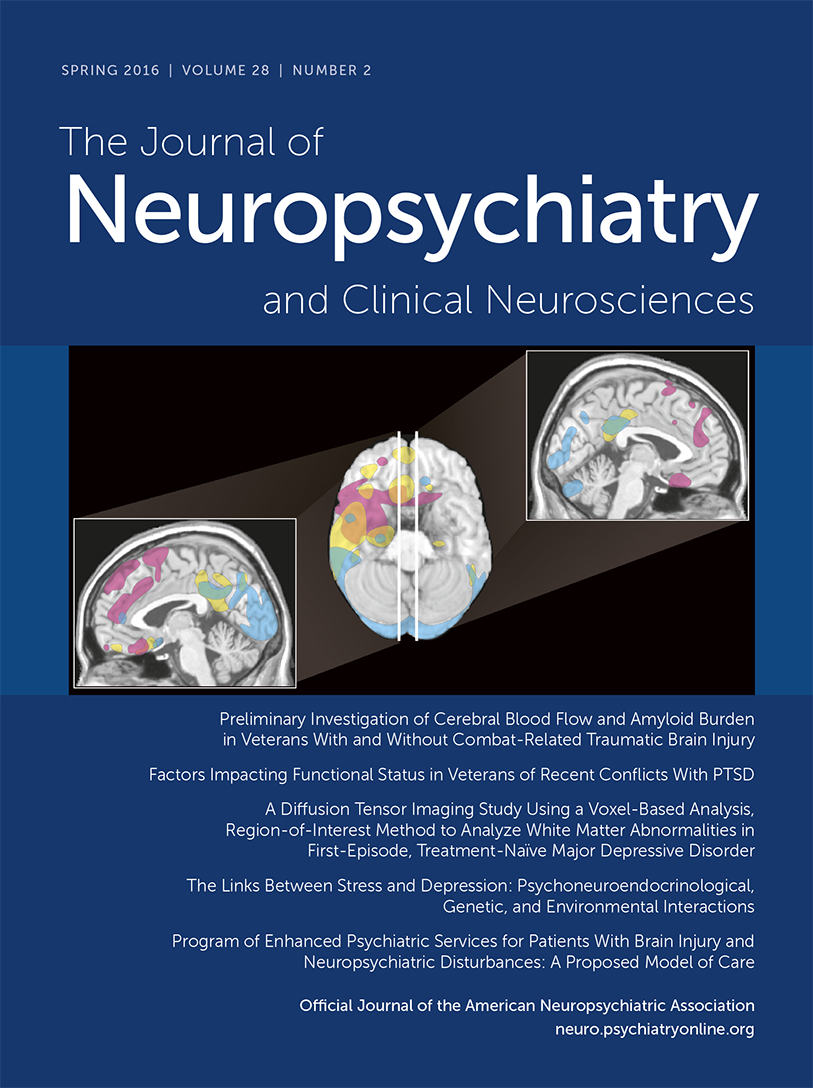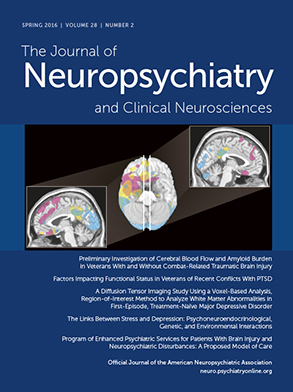Skin Picking Heralding Parkinson’s Disease
Case Reports
| Patient ID | Gender | Duration of PD | Age at PD Diagnosis (Years) | Type and Duration of Affective Disorder Before PD | Duration of Skin-Picking Behavior Before PD Diagnosis | Psychotropic Drugs at Onset of Skin-Picking Behavior | Clinical Features of Skin Picking |
|---|---|---|---|---|---|---|---|
| Case 1 | Female | Newly diagnosed PD | 69 | Bipolar affective disorder, 3 years | 3 years | SSRIs | Impulsive skin picking and scratching to relieve itchiness |
| Case 2 | Male | Newly diagnosed PD | 68 | Mixed anxiety and depression, 2 years | 1 year | Citalopram, quetiapine, quetiapine XR | Impulsive skin scratching to relieve itchiness |
| l-dopa plus benserazide, l-dopa/carbidopa/entacapone | |||||||
| Case 3 | Female | 7 years | 70 | Major depressive disorder, 22 years | 3 years | Various antidepressants | Impulsive skin scratching to relieve itchiness |
| Case 4 | Male | 3.5 years | 77 | Bipolar affective disorder, 30 years | 4 years | Nil | Skin picking to relieve itchiness; itchiness associated with delusional interpretation |
Case 1.
Case 2.
Discussion
References
Information & Authors
Information
Published In
History
Authors
Funding Information
Metrics & Citations
Metrics
Citations
Export Citations
If you have the appropriate software installed, you can download article citation data to the citation manager of your choice. Simply select your manager software from the list below and click Download.
For more information or tips please see 'Downloading to a citation manager' in the Help menu.
View Options
View options
PDF/EPUB
View PDF/EPUBLogin options
Already a subscriber? Access your subscription through your login credentials or your institution for full access to this article.
Personal login Institutional Login Open Athens loginNot a subscriber?
PsychiatryOnline subscription options offer access to the DSM-5-TR® library, books, journals, CME, and patient resources. This all-in-one virtual library provides psychiatrists and mental health professionals with key resources for diagnosis, treatment, research, and professional development.
Need more help? PsychiatryOnline Customer Service may be reached by emailing [email protected] or by calling 800-368-5777 (in the U.S.) or 703-907-7322 (outside the U.S.).

